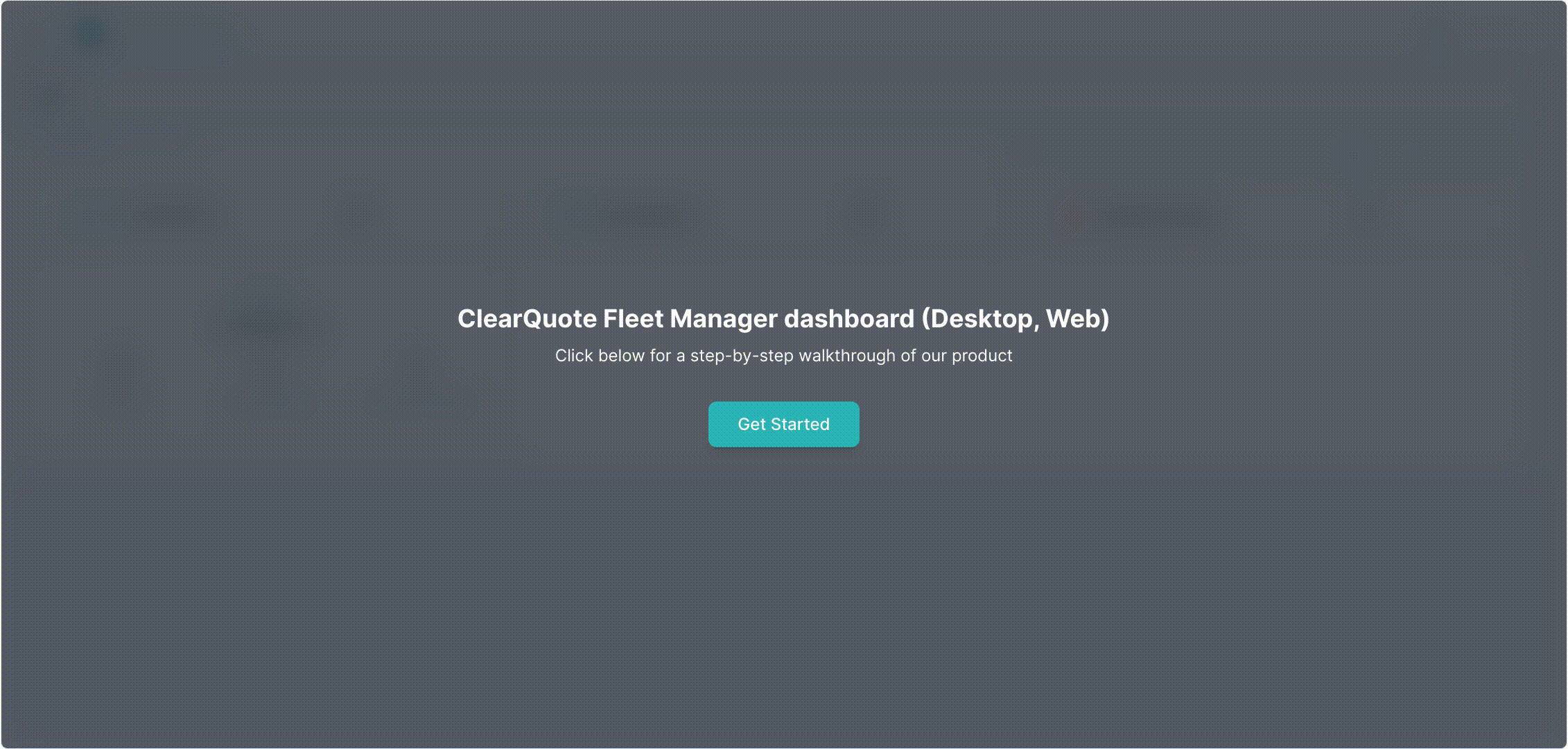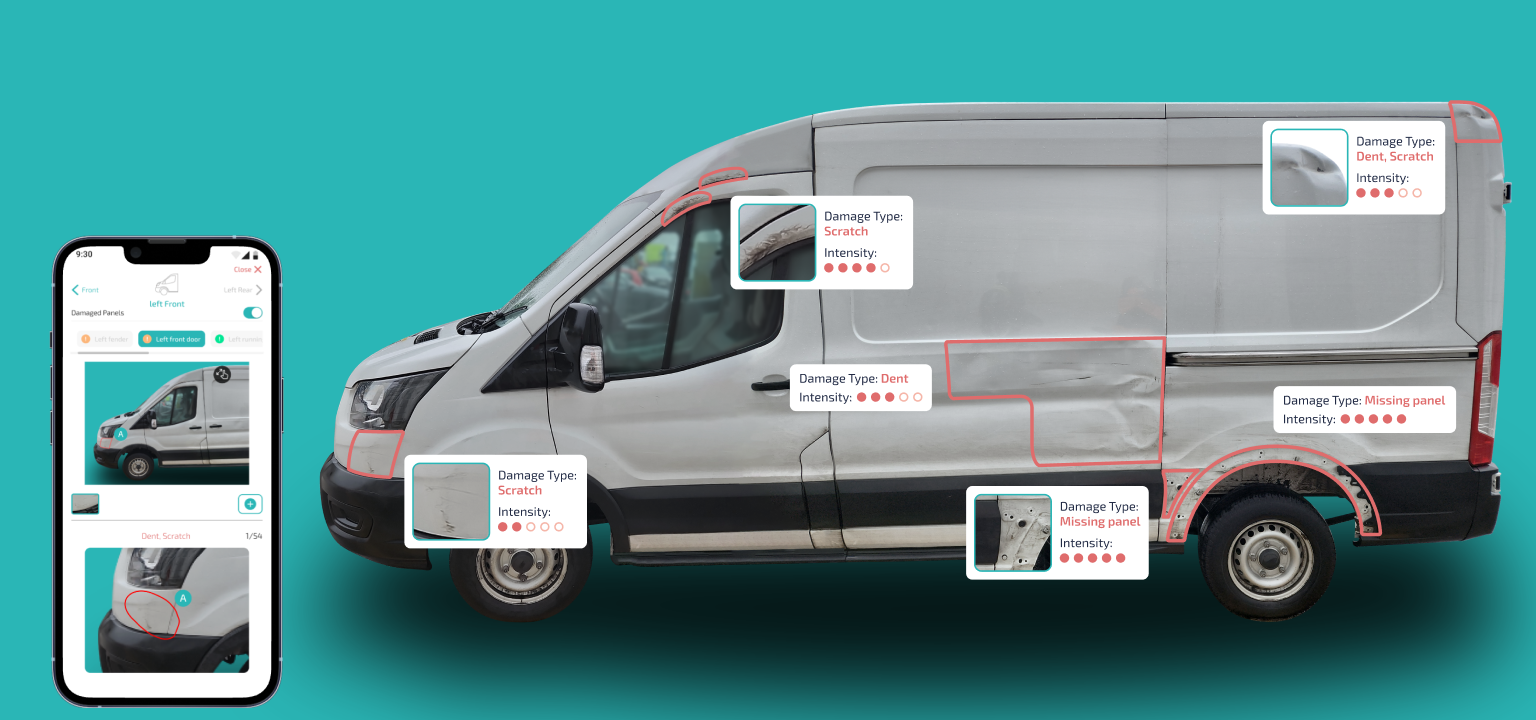Unreported fleet damages can be a costly problem for delivery fleets. When damages go unnoticed or unreported, repair costs rise, vehicle downtime increases, and brand reputation suffers. This also leads to poor driver accountability and unnecessary admin work for fleet managers.
In this blog, you will learn about the common problems caused by unreported fleet damages and how ClearQuote helps tackle them.
Problems with Unreported Damages in Delivery Fleets
1. High Repair Costs: Minor damages, if ignored, worsen over time. A minor dent or scratch can turn into a costly repair, affecting maintenance budgets.
2. Negative Brand Impact: Damaged vehicles on the road make a poor impression on customers, reducing trust in your service. A well-maintained fleet reflects professionalism and reliability.
3. Increased Downtime: Unreported damages can cause unexpected breakdowns. This leads to longer repair times, affecting delivery schedules and customer satisfaction.
4. Multiple Drivers, No Tracking: With different drivers using the same vehicle, it’s difficult to pinpoint who caused a specific damage, leading to confusion and lack of responsibility.
5. Time-Consuming Manual Inspections: Fleet managers spend valuable time on pre- and post-trip checks. Sorting through paperwork increases the risk of missing damage reports.
6. Duplicate Damage Reports: The same issue might be reported multiple times, creating confusion. Without proper tracking, it’s hard to distinguish between new and old damages.
7. Incomplete Image Records: If drivers don’t capture clear images of the vehicle, some damages may go unnoticed. This makes it harder to verify and assess damage history.
8. Lower Resale Value: Vehicles with unrepaired damage lose their value quickly. When it’s time to sell or replace them, your business may get a lower price than expected.
How ClearQuote Solves These Problems
1. Reducing levels of unreported damage in your fleet
Images are processed by ClearQuote AI and damages are detected and displayed clearly on a dashboard for fleet managers to review. With ClearQuote, unreported damages no longer go unnoticed. The app highlights all damages, ensuring complete transparency in the vehicle’s condition, and helps fleet managers stay informed at all times.

Click here for a detailed demo.
2. Reducing admin effort in fleet inspections
ClearQuote can differentiate between damages that were already present and those that are new. Alerts are triggered whenever new damage is detected, keeping fleet managers updated. This saves time and eliminates the need to go through piles of paperwork.
3. Encouraging better driving behavior
When ClearQuote is used to inspect vehicles at handovers, by identifying new damages automatically, fleet managers can easily identify who actually caused the damage. This fosters a culture of responsibility among drivers and encourages safer driving practices. In this way, vehicle handovers become more transparent and accurate.
4. Improving accuracy of vehicle condition assessment
With ClearQuote, you can ensure accurate fleet inspections as the app guides drivers to capture the right set of photos of the fleet.
- Simply scan the van’s license plate to access vehicle details and start the inspection.
- The app guides drivers through an image capture process, ensuring they take the correct type and number of photos during the inspection.
- There is also an optional checklist that can be filled out if needed.
- After the images are uploaded, ClearQuote’s AI analyzes them, identifying parts of the vehicle and spotting damages.

Click here for a detailed app demo.
By addressing the above challenges, ClearQuote helps fleet managers reduce unreported fleet damages, improve fleet inspections, and reduce fleet managers’ time.




